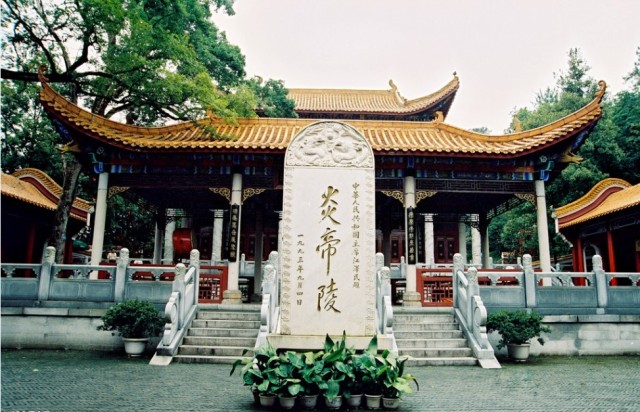Humanities & Landscape
Mausoleum of Emperor Yan

(Photo source: hunan.gov.cn)
The Mausoleum of Emperor Yan is located in Luyuanbei, 19 kilometers west of Yanling County, Zhuzhou City. It is now a national key cultural relics protection unit, a national patriotism education demonstration base, a national patriotism education base for returned overseas Chinese, and a national 5A-level tourist attraction. The Emperor Yan Memorial Ceremony 2021 has been included into the first batch of intangible cultural heritage list in China, and is reputed as one of “the world’s top ten most influential cultural events on seeking out roots”.
Chinese source: hunan.gov.cn

